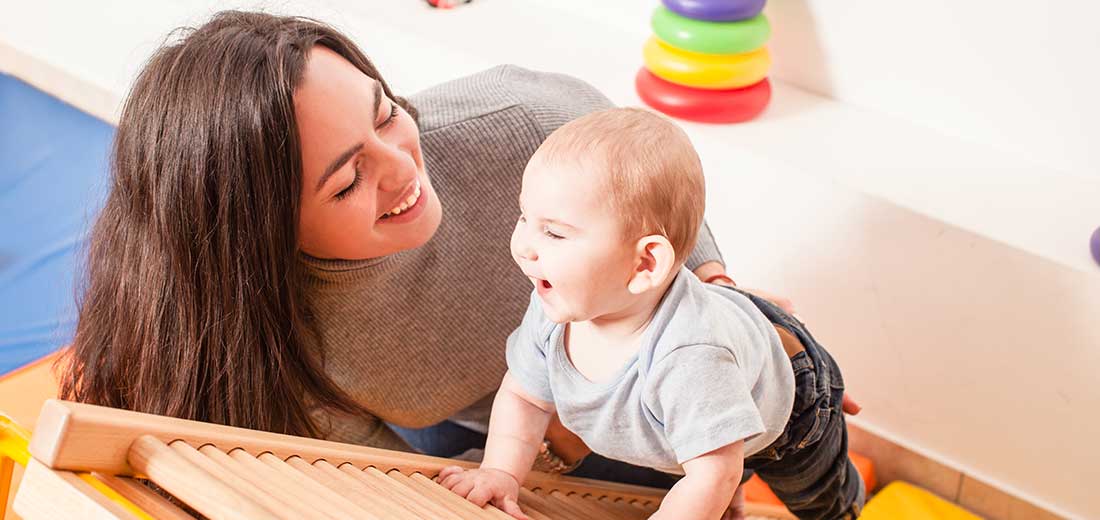Play is a crucial part of growing up for all children. From singing to dancing, any activity involving fun is defined as play. Beneath all the fun and games for your little one, the benefits of play have been studied and play is determined as the key factor contributing to learning. It is proven that learning through play is effective and it also encourages social skills between children. In Parten’s six stages of play, we explore the play development of children as they hit different milestones.
Unoccupied Play
Unexpectedly, this occurs from birth up to around 3 months. Your infant would be performing completely random movements with their limbs that has no purpose such as waving their arms and legs and moving their hands and feet, or even simply staying at one place without moving. This is the beginning of play for them where they discover how their body moves.
Solitary Play
Playing alone occurs up to around 2 years where your child would not show any interest to play with others yet and would begin playing on their own. They may not appear to pay attention to the other children who might be nearby. Your child would be engaged in his own play and will show no intention to interact or involve other children. However, this stage is not limited to this age group but even older children would spend some time doing solitary play.
Onlooker or Spectator Behavior
Although onlooker behavior most commonly occurs among toddlers up to 2 years old, this stage is also witnessed in other age groups. Instead of engaging in play, your child may observe other children playing and even ask questions. However, you may notice there is no intention for your child to join them as they could be shy, uncertain of the rules or uncertain whether to participate in the game.
Parallel Play
Occurring between 2 to 3 years old, your child will play side-by-side or near other children but will not appear to play or interact with them. Despite so, they are observing each other and this is the significant stage where we notice start of their desire to mingle and be with other children.
Associate Play
From 3 to 4 years old, your child will gradually show more interest in their peers than toys. There may not a significantly large amount of mingling between the children but they might be engaged in play not directly involving other children. They could ask questions or engage in a conversation about what they are doing. They may also play together without any rules or organization, such as building with blocks, or sharing the see-saw but doing different things at the same time.
Cooperative Play
This stage is typically observed among children from 4 years old. They play together with other children and have an understanding of the games. They learn to have rules and follow them in the game. Social skills including teamwork, accommodating others and problem-solving would come into play at this stage.
As the stages of play becomes increasingly complex, remember that all these skills have been developed through play and that play is vital for your child’s development. It is important to give your child the time and space to play.




